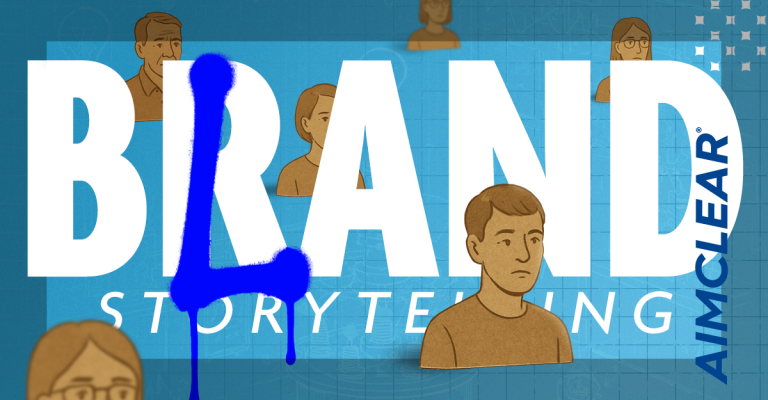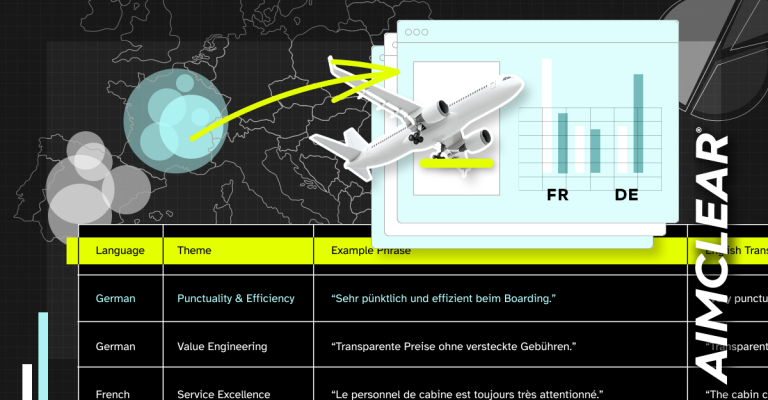
The panel was comprised of some of the finest social media minds in the world: Andrew Goodman, Principal, Page Zero Media, Stephan Spencer, President, Netconcepts, LLC, Rick Klau , Vice President of Publisher Services FeedBurner, and Sally Falkow, President, Expansion Plus Inc. [Read Full SES Coverage at SEO RoundTable]
Content is Still King
Before we start, creating compelling content (and lots of it) is what really matters. Everything having to do with blogs and feeds is about disseminating great optimized content. There are no magic bullets without content. Blogging publishes content in the most competent and organized SEO-friendly system possible. One major goal of blogs and feeds is to publish your content in a way that compels interest and entices websites to link to your site. These inbound links help your site rank higher in search engines.
SEM Clients Want Feeds and Blogs
That’s good because every website needs, at minimum, feeds. My team at AIMCLEAR has spent considerable time researching the blog solutions we help our clients deploy. This seminar featured hard-core techniques to optimize blogs and feeds. It was amazing to hear the panelists offer the same type of advice we give our clients every day. Andrew, Stephan, Sally, and Rick ROCKED the house with their hands-on structural advice regarding optimized blogs and feeds.
I sourced a lot of detailed content at this session to share with our readers in the coming days and weeks. For now, since so many of our clients ask about RSS feeds and blogs, here is a some background.
What is a Blog?
Blogs are SEO powerhouses and there is little question about it. Still, connotations associated with the word “blog tend to be diverse and colorful.” However, once demystified, it’s easy to see that the content management concept behind modern blogs like WordPress and Movable Type offer SEO-guided-missiles.
In the old days building links was a very tedious process. If you have not heard, links are the most valuable commodity on the Internet because search engines look to the quantity and quality of inbound links as a key part of evaluating whether your site will receive a top rank for a keyword. Lee Oden at Toprank has written extensively on the benefits of blogging.
What is an RSS Feed?
RSS (really simple syndication) is a key part of blog content management. Programs like WordPress automatically “broadcast” your content’s RSS feed to those who subscribe. Other non-blog content management systems can be modified to broadcast RSS feeds. FYI: In actuality a “feed” is a little text file living on your host that that is updated every time you post content. AIMCLEAR helps our clients deploy RSS feeds from within their content management systems.
Subscribers to your feed can range from everyday people using feed readers like Google Reader or one of many others. When you see this little orange button on a website it means that the site has a feed that you can subscribe to. Your feed reader is place you can log into from any Internet enabled computer to “read” the content from whichever sites’ feeds you’ve “bookmarked” in your feed reader.
Feed Readers Save Tons of Time
If you consume a lot of content from numerous sites, this is a beautiful thing. No longer do you need to visit multiple websites to check for updates. Instead, all of your favorite sites’ content updates appear in once centralized place.
Making matters more interesting, feeds are crawled each day by feed indexing engines including Google and Yahoo. Increasingly feeds themselves are ranking in SERPs.
Importantly, using content management systems that generate optimized feeds is a great day way to generate links to a website site. Check out Bill Hartzer’s post on feeds.
I’ll be writing more about feeds and blogs in coming posts. For now I’m off to the Efficient Frontier party!








